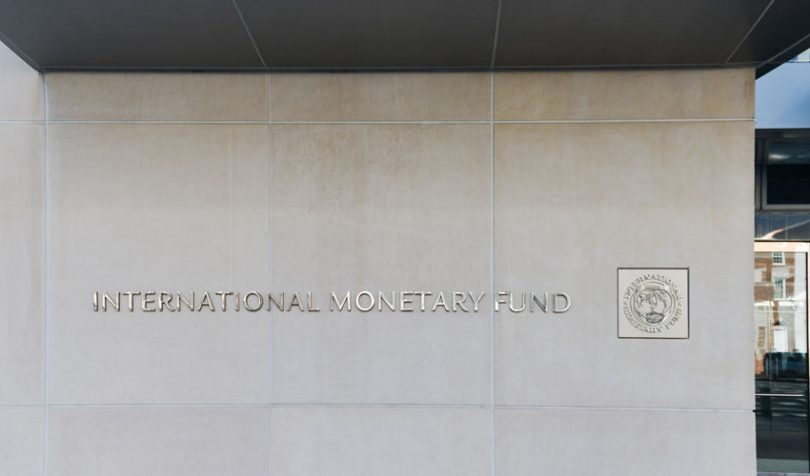Yesterday the International Monetary Fund (IMF) published an article debating the effects of stablecoins on global finance. In the first of a series of two posts on the subject, the institution puts forward multiple risks of international digital coins like Facebook’s cryptocurrency, Libra.
The authors, Tobias Adrian and Tommaso Mancini Griffoli, also wrote a July report on digital money. However, this article looks to be motivated by discussions on Libra. It comes just a few days after the European Central Bank’s Benoît Coeuré made a speech on stablecoins.
The benefits for users
We have covered many projects which aim to use blockchain technology for fast, cheap cross border payments. Stablecoins have much the same appeal, as the IMF explained yesterday.
“Low costs, global reach, and speed are all huge potential benefits,” the article reads. Indeed, digital currencies are hailed as being more accessible and efficient to use. The Fund also mentions “seamless payments of blockchain-based assets” through stablecoins. Their digital architecture is more open than conventional banking systems, hence can be more easily used in third party applications.
But the IMF believes the “strongest attraction” is the notion that exchanging money could be as easy as instant messaging. While people are getting more used to convenient technology like virtual assistants and ‘smart’ devices in their everyday lives, banking has comparatively made slow progress.
According to the article: “Stablecoins offer the potential for better integration into our digital lives and are designed by firms that thrive on user-centric design.” Firms like Facebook come to mind. In a clear nod to its Libra project, the IMF adds: “Large technology firms with enormous global user bases offer a ready-made network over which new payment services can quickly spread.”
This echoes the words of the ECB’s Coeuré, who said: “It is probably easier to connect a new currency to an existing network – the case of Libra – than to build a new network on an existing currency – the case of the euro.”
“Risks abound”
The IMF, along with many other financial bodies, sees multiple risks with the widespread use of stablecoins. It gives six areas which policymakers will need to consider including consumer protection, financial stability, and money laundering.
The first point, perhaps most relevant to the financial world, is that banks may lose out. While “banks are unlikely to disappear,” if people prefer using a stablecoin, they might move away from making deposits in a centralized institution. This would force banks to innovate and provide higher interest rates.
In another thinly veiled reference to Libra, the IMF points out that: “Tech giants could use their networks to shut out competitors and monetize information, using proprietary access to data on customer transactions.”
Indeed, Facebook’s previous controversies with private data have been mentioned by regulatory bodies, including the US House’s Committee on Financial Services. In their words, Libra could represent a new monopoly “too big to fail”.
With little competition, stablecoins could undermine weaker currencies in “a new form of ‘dollarization’,” affecting economic stability. Coeuré, too, suggested that stablecoins may overtake the US dollar as the dominant global currency.
Also, without competition, stablecoins may not need to carry interest, but their hard currency reserves will. So, “[i]ssuers could siphon off profits” from the reserve, without giving returns to stablecoin users.
The next post in the series will explore the IMF’s views on policies and regulation for stablecoins.






